How to Select the Right Plants for Your Garden?
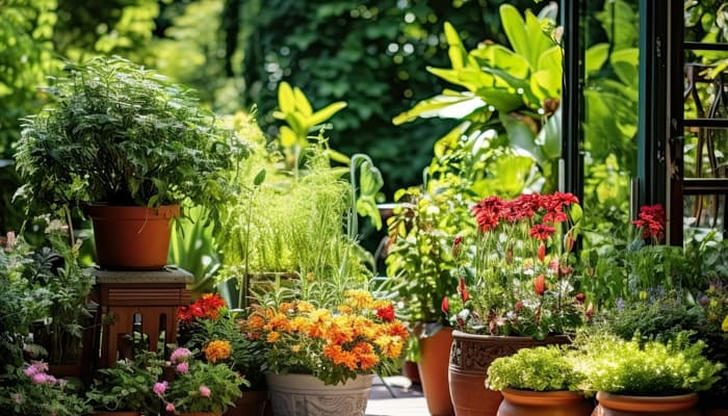
Gardening may appear challenging; plants may receive excessive sunlight or inadequate light. They receive either excessive water or insufficient amounts. They are overwhelmed by pests or illnesses.
A plant might occasionally be overly large or overly small for the space it occupies. Plants are damaged by dogs and children playing freely. In summary, many factors can pose challenges to your plants, but you can greatly simplify your gardening experience by selecting the appropriate plant for each location in your garden. This is commonly called the right plant, the right location.
How to Choose the Right Plants for Your Garden?
After taking some time to consider the characteristics of each bed and any unique features it might possess, it's time to select plants for those beds. Here are a few factors to think about when selecting plants:
Sun Shade
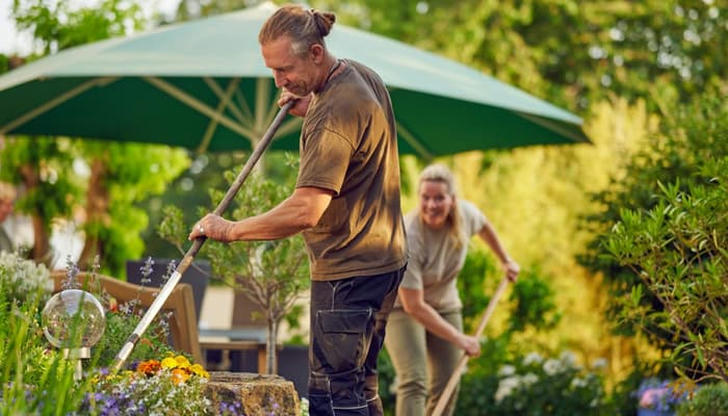
This is the simplest action you can take to support your plants' growth. Select plants that thrive in full sun for bright areas and select plants that prefer shade for darker areas. Every plant label must have this information.
Water Requirements
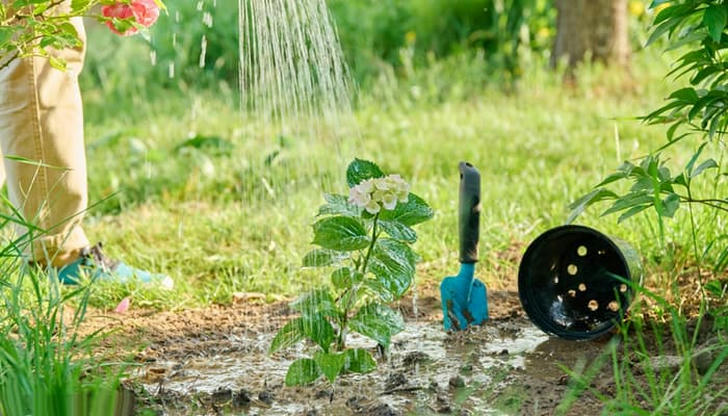
If the label indicates drought tolerant or low-water needs, it is an excellent choice for a dry area or a "beyond the hose length" plant. If the plant prefers wet soil, place it in that damp area you have. If the plant is ideal for pond borders, it typically requires a very damp environment.
If the plant indicates it's excellent for ponds, it can endure being submerged in water. The plant tag may occasionally provide details about water needs, but it can be beneficial to look for additional information prior to visiting the garden center.
Choose Pest-resistant Plants
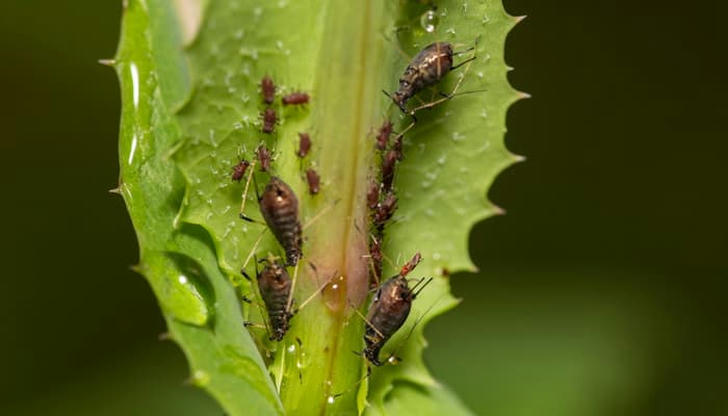
Numerous pest and disease-resistant varieties are now accessible – inquire at nurseries or contact the Garden Hotline. Select plants that are categorized as "low water usage" or "drought resistant." Once they are established (2-5 years), many will prosper with only our restricted summer rainfall in most years, conserving both your time and money on irrigation.
Organize Plants Based on Their Requirements
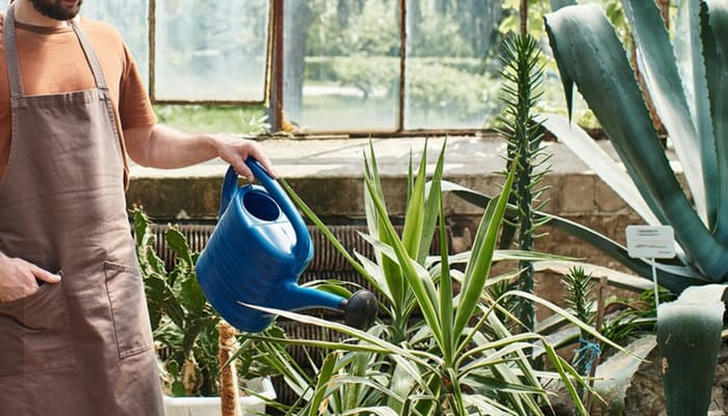
Group plants that require full sun, shade, specific soil types, or regular watering alongside those with comparable requirements. This approach allows you to avoid watering the entire yard just to hydrate a single thirsty plant!
Lawns and Gardens are Selective!
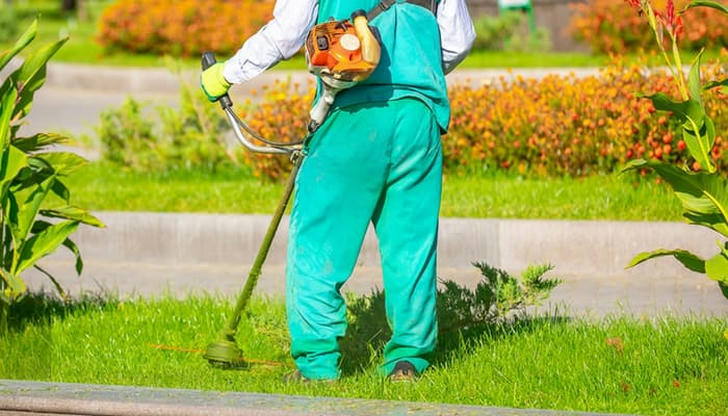
They require multiple hours of direct sunlight, flat well-draining soil, and watering. Restrict lawn spaces to only where they're necessary. Some plants are more suitable for shaded areas, wet locations, or inclines, and need less upkeep. (Refer to the lists below or contact the Garden Hotline for suggestions.)
Give Plants A Good Start
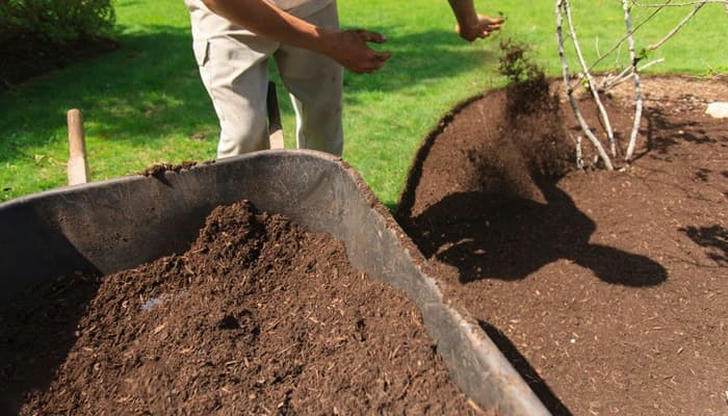
Amend the soil by incorporating 20-25% compost into the planting bed soil. For trees and shrubs, incorporate compost throughout the entire planting area, or simply plant in natural soil and apply a thick layer of mulch. Avoid adding compost solely to their planting holes, as this may restrict root development.
Next, spread the roots, pour in water, and pack the soil in again to ensure proper root contact. Place plants in a way that the soil level matches the height on the stem as it was in the nursery, to avoid issues.
Apply mulch generously to new plantings, and remember to irrigate even drought-resistant plants during their initial summers until they establish deep root systems.
Make Space for Wildlife
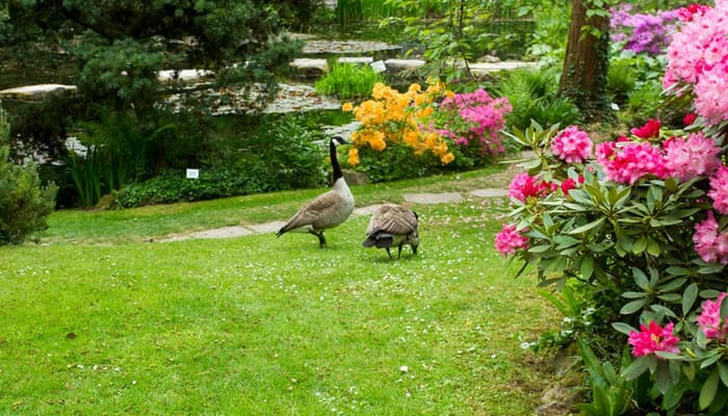
You can attract birds, butterflies, and various wildlife to your garden, safeguard shorelines and salmon, and create a more appealing landscape. Cultivate trees and utilize native species, particularly those that produce fruit and flowers. Layer your planting with ground cover, shrubs, and trees. Steer clear of pesticides – they may harm birds, helpful insects, and salmon as rain carries them through storm drains into waterways. Maintain natural "buffer" zones of indigenous plants beside ravines, streams, and coastlines.
What is the best layout for a vegetable garden?

The best layout for a vegetable garden depends on available space, sunlight, and personal preferences, but some options include:
- Traditional Row Garden: Ideal for larger spaces, with rows spaced 3-4 feet apart for walking and plant care.
- Raised Bed Garden: Good for areas with poor soil or drainage, providing better soil control and preventing compaction.
- Square Foot Garden: Efficient for small spaces, dividing the garden into 1-foot squares for intensive planting.
- North to South Rows: Orienting rows in a north-south direction maximizes sun exposure for all plants.
Sum Up
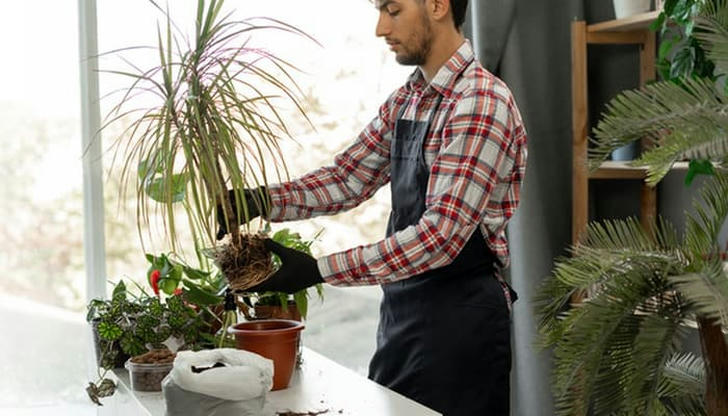
Finding the right location for the right plant may appear challenging, but it is essentially about selecting a plant that is appropriate for the environment where it will thrive. Investing some time prior to planting can significantly reduce the time needed afterward and can make your garden thrive.
